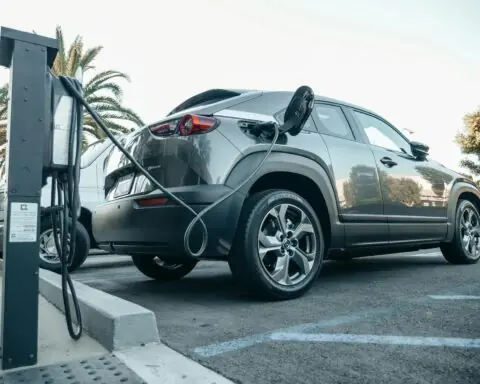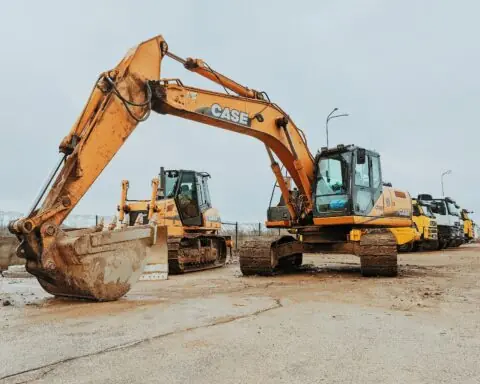The U.S. Department of Transportation (DOT) has announced a proposed rule to fully and seamlessly integrate unmanned aircraft systems (UAS) into regular airspace operations and systems.
The Beyond Visual Line of Sight (BVLOS) drone rule would normalize UAS operations, establishing a series of standards and waiving requirements that previously restricted drone usage outside the typical person’s visual line of sight. The rule would drastically expand drone technology use-cases, broadening their utility and implementation to new sectors, including:
- Manufacturing.
- Farming.
- Energy production.
- Filmmaking.
- Product delivery.
The proposal is a key aspect of the administration’s efforts to innovate and advance drone technologies, paving the way for widespread utilization in both the public and private sector. To date, drone operators have been required to undergo a lengthy, cumbersome process to secure permissions to use BVLOS drones, according to federal officials. If the rule is approved, drone operation guidelines, security and reporting would be overhauled.
New standards for operating drone technologies were introduced as part of the proposal, highlighting requirements needed to secure usage across a variety of industries and purposes. Operators would need authorization from the Federal Aviation Administration (FAA) before flying in a pre-determined area, establishing boundaries and demonstrating familiarity with the area beforehand. All operations would take place at or below 400 feet above ground level.
Notably, DOT would streamline the approval process for UAS airworthiness by creating a system of approval based on industry consensus standards. This would be designed to cut costs and accelerate innovation without requiring drone operators to obtain certificates through the FAA. As part of determining airworthiness, a limit of 1,320 pounds would be placed on drones, including cargo.
Implementing the rule would also entail a number of regulations to ensure BVLOS drones would be safely separated from each other and manned aircraft. These include using Automated Data Service Providers (ADSPs) to support operations and installing sensors to detect and avoid other aircraft. Operators would be required to yield to all manned aircraft and disallowed from interfering with aerial transportation sites such as airports and seaplane bases.
To retain authorization for BVLOS UAS operations, operators, manufacturers and ADSPs would need to maintain strict reporting and record keeping regarding all flight activities. They would share all reporting with the FAA, including pertinent information such as:
- Flight data including flight hours for each drone alongside its make, model and registration number.
- Unplanned or precautionary landings.
- Malfunctions leading aircraft into unauthorized areas.
- Loss of control of communication.
- Failure of an automated data service.
- Security breaches that cause loss of control.
- Unauthorized access to operator facilities, networks or data.
- Operations that result in more than $500 worth of damage to property.
Recordkeeping for operators would prioritize all flight data, mechanical issues, inspections, training and operations material. Manufacturers would keep records of compliance information and testing data, configuration control documentation and continues operational safety data. Finally, ADSPs would be responsible for maintaining records of compliance and test data as well as software revisions.
Photo by Pixabay













